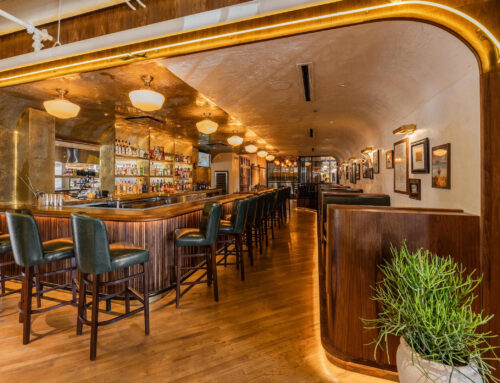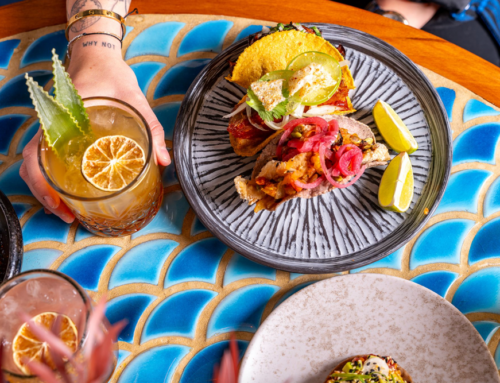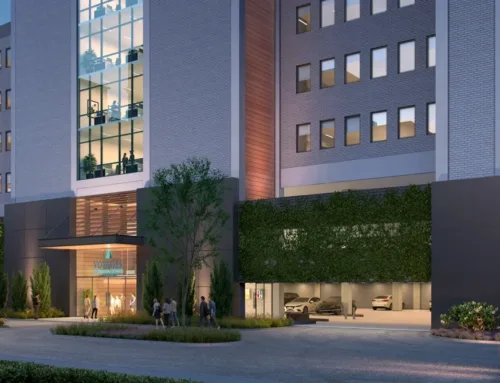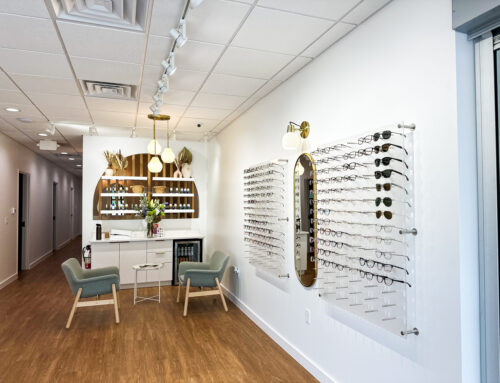This month’s cover story digs into the transformation of Lower Greenville, how it went from crime-ridden club scene to family-friendly destination. We thumbed through our archive stories to help shed more light on the recent history of this momentous avenue.
In 1999, we reported that traffic, parking and zoning concerns were among the problems plaguing Lower Greenville. Congestion has always been an issue because the area wasn’t originally planned to be as high-capacity as it has become — it was planned as a suburban area.
With the rapid growth and revival of the bar and nightclub area came increased concern for security. Neighbors constantly reported incidents ranging from noise nuisances to fights and even armed criminals. Groups like the Dallas chapter of Guardian Angels began patrolling the area to try and curb the number of incidents.
A plan for cleaning up the street was presented, including a new office/retail development.
A resident-only parking initiative that began in 2005 was expanded and enforced along Oram and Prospect in January 2009.
On January 25, 2009, a man died after being beaten and run over by a car outside Sekret Lounge. It is unknown if the incident was gang-related, but police said that several businesses on Lower Greenville “attract clientele with gang affiliations.”
In 2009, Dallas’ smoking ban took effect at bars and pool halls.
Later that year, business owners formed the Greenville Avenue Restaurant Association to combat the negative perception of the area.
Disaster struck on March 3, 2010 when a four-alarm fire destroyed four restaurants on Greenville, including Terrili’s and Greenville Avenue Bar & Grill.
Neighborhood associations and residents voiced hope that the businesses might be able to rebuild, but were worried that they may run into problems due to new parking and zoning regulations.
With Greenville still troubled by crime and congestion, some pondered whether property owners or politicians were the right solution for fixing the area.
As 2010 went on, police and politicians increased their presence in the area and tried to clamp down on partying. City Council members presented a proposal in August 2010 that would require businesses to apply for a special use permit in order to stay open past midnight and two more proposals were presented, both aimed at redoing two blocks of Lower Greenville and making it more friendly and inviting. Meanwhile, crime statistics released for 2010 showed that there were four murders in the Lower Greenville area that year, doubling 2009’s total. There were also fourteen rapes, two more than 2009. However, other violent crimes were down.
In January 2011, City Council approved the aforementioned proposal for special use permits.
The food truck phenomenon reached Lower Greenville when Sigel’s liquor store at Ross and Greenville began inviting trucks to its parking lot, and plans for a food truck court with a building structure were announced.
Business owners worked to reinvent the area as a “neighborhood amenity,” even while construction from a $1.3 million improvements project led to business woes. The project was completed in early December 2011.
In December 2012 a neighborhood lawyer was found severely beaten on Lower Greenville, and a suspect was arrested in January 2013. A neighborhood association put out an alert due to reports of suspicious activity in April, and a fatal stabbing in August led to the arrest of two suspects. Trader Joe’s had its grand opening that same month, and surrounding business owners were optimistic that the new grocery store would attract business to their direction.
At the beginning of 2014, Angela Hunt reflected on how a relatively small renovation ($1.9 million) made a huge difference in curbing the crime and nighttime nuisances that used to torment the area.






